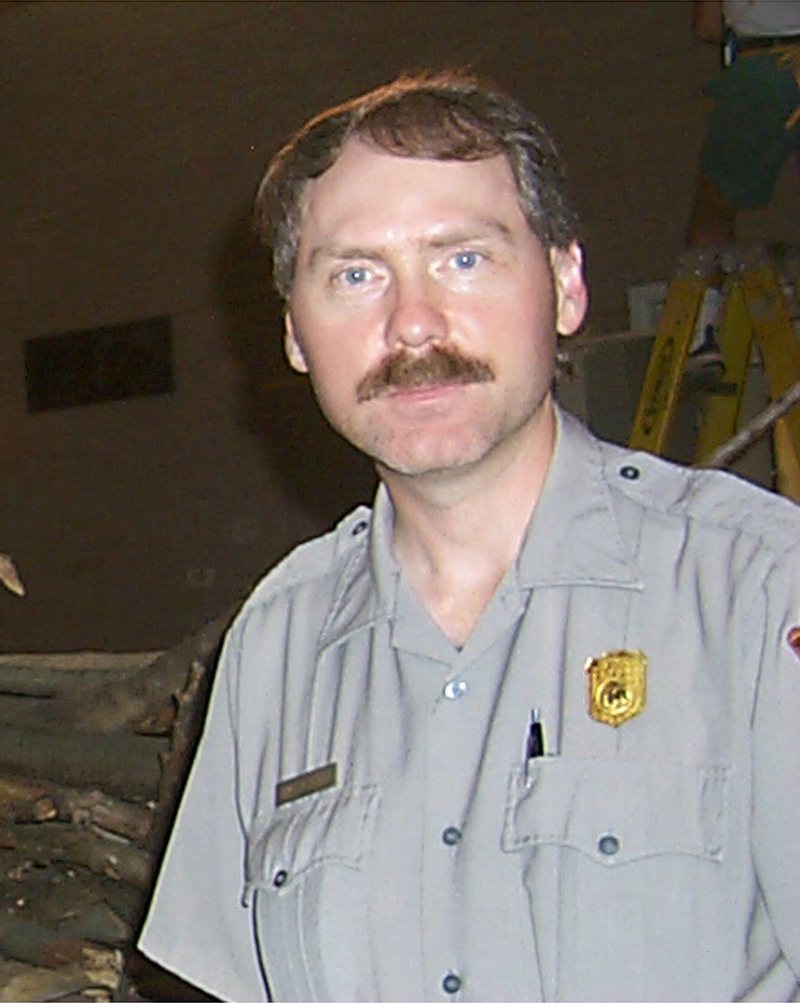Coverage of Cherokees subject of media research
Sunday, November 13, 2011
When Pamela Dorsett began researching newspaper accounts of what happened to the Cherokee people in the years following the Trail of Tears, she got more than she bargained for.
"What I found was not what I expected to find," Dorsett told a roomful of journalism experts and professors Saturday at UTC's Symposium on 19th Century Press, the Civil War and Free Expression.
News coverage of the Cherokees from 1839 through 1846 centered on death, the brutality and the "savagery" Cherokees perpetrated on themselves, she said.
"There were assassinations that occurred within weeks of their arrival [in what is now Oklahoma], and [reprisals] continued for years" because of the political factions among the Cherokees.
The divisions all centered around the removal, brought about by the signing of the Treaty of New Echota, which sold native land in the Southeast.
That treaty was signed by members of the Treaty Party, including John Ridge, Major Ridge and Elias Boudinot. It was opposed by members of the National Party, which included Principal Chief John Ross.
When the Ridges and Boudinot were assassinated, "depending on what paper you read, they were executed, or murdered, or they just died," Dorsett said. "There were, right off the bat, differences in the coverage of these assassinations."
Arkansas papers, those nearest to Indian territory, sensationalized the violence and "seemed to mirror the images many whites had of Indians as violent, uncivilized savages," said Dorsett, a psychologist who chose her study subject at Georgia State University because of what she called an unsubstantiated family story of Cherokee blood.
The Arkansas papers ignored stories of profiteering and fraud perpetrated by whites on the Indians, Dorsett said.
Northern papers appeared to provide a more balanced discussion of issues and positions, and they were more likely to be critical of the U.S. government's treatment of the Cherokees.
Southern papers included accounts critical of the Cherokees' treatment, but they also often included reports about the states' dissatisfaction with U.S. protection of citizens from possible Cherokee violence.
Jim Ogden is a ranger and historian with the Chickamauga and Chattanooga National Military Park, which will oversee the Moccasin Bend Archeological District.
He told the audience at the University of Tennessee at Chattanooga that public opinion here was not clamoring for the removal of the Cherokee people, who had become part of the community.
"The state of Georgia had to draft the militiamen to be used in the roundup of the Cherokee in Georgia," Ogden said.

